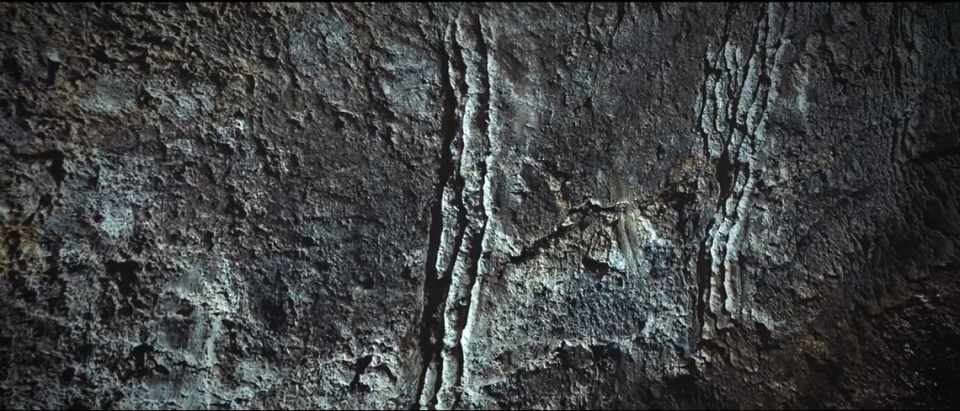Spelunkers find 27,000-year-old claw marks in hidden cave untouched for millennia
Through a small rocky hole, archaeologists could feel the air — could tell some unknown space lay just beyond their reach. They pushed through the sealed up a passageway and shined a flashlight around the cavern. What lay before them exceeded all of their expectations.
The archaeologists in Spain were exploring the underground caverns of the Cueva del Arco when a particular spot caught their attention, according to a Friday, Feb. 3, news release from the University of Murcia. The sediment-filled spot seemed like a sealed up passageway into another cavern.
The spelunkers began to excavate, slowly and painstakingly, hoping they’d find something to make the effort worthwhile. They dug into the rocky cave wall, and air began coming through the hole.

Ignacio Martín Lerma, lead archaeologist and professor at the University of Mercia, eventually managed to poke his head through the passageway, the release said. He expected to see an average sized chamber.
Instead, he found himself staring into a humongous cavern. The cavern — untouched for millennia — was almost a mile long and had vaulted ceilings almost 65 feet high. Videos of the cavern show the massive underground space.
Exploring the cavern, the spelunkers made another discovery: claw marks. The scratches were found on many of the cave walls and left by cave bears, researchers said.

European cave bears went extinct between 27,000 to 28,000 years ago, according to Britannica. The cave bears were anywhere from 880 to 2,200 pounds and similar in size to Kodiak bears found in Alaska or polar bears found in the Arctic.
“The identification of cave bear claw marks on many areas of the walls makes the cave a major, and really unique, example of a place where these huge mammals lived in southern Europe,” the release said, according to a translation from The Guardian.
Researchers began exploring the caverns of the Cueva del Arco in 2015, per the release. Numerous settlements ranging from 7,000 years old to 50,000 years old have been uncovered in the cave system.
The excavation to reopen the sealed passageway began in 2018 but was interrupted by the COVID-19 pandemic, researchers said. The hidden cavern has not been completely explored, and research is ongoing.
Cueva del Arco is in the Region of Murcia and about 225 miles southeast of Madrid.
Google Translate was used to translate the news release from the University of Murcia.
Cremated bones reveal Vikings weren’t alone when they arrived in Britain, study says
Ancient gemstones discovered in the drains of Roman baths, archaeologists say
Iron sword — almost 9 feet long — unearthed at 1,700-year-old burial mound in Japan

 Yahoo Movies
Yahoo Movies 
